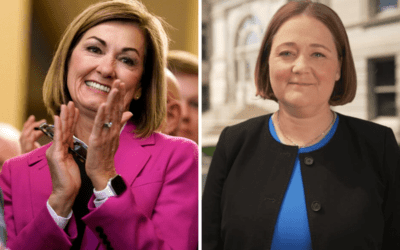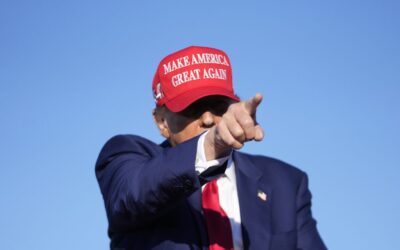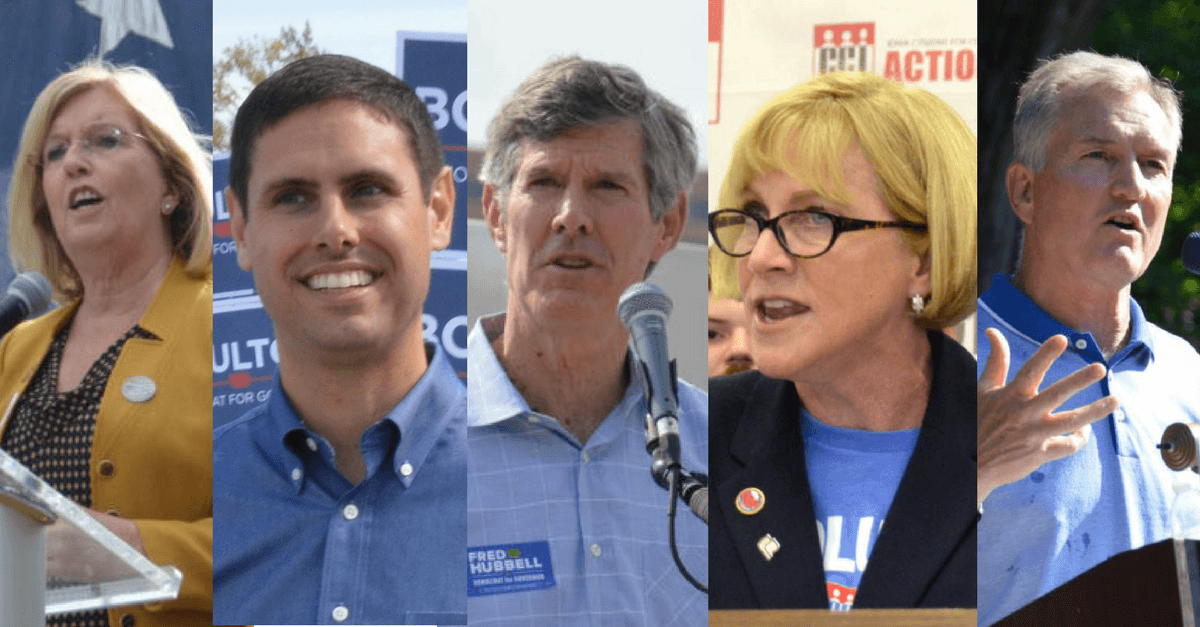
Today at 4:30 was the deadline for Iowa statewide and legislative candidates to file their fundraising reports for everything they raised and spent in 2017. Starting Line will have a lot of in-depth coverage on the gubernatorial, other statewide candidates and legislative contenders’ filings throughout the next week. For now, let’s take a look at the top lines in the governor’s race, along with a few quick takes on what it means.
Here’s the fundraising totals and cash-on-hand (COH) for each campaign:
Democrats
Fred Hubbell: $3,053,257 raised, $1,231,358 COH
Cathy Glasson: $1,323,171 raised, $729,517 COH
Nate Boulton: $1,078,207 raised, $481,375 COH
Andy McGuire: $677,584 raised, $255,106 COH
John Norris: $302,300 raised, $144,081 COH
Ross Wilburn: $8,624 (including $1,348 loan) raised, $107 COH
Jonathan Neiderbach: $1,630 raised, $175 COH
*Todd Prichard, who ended his campaign for governor in August, reported raising $119,163 during his time in the race.
Republicans
Kim Reynolds: $3,744,046 raised, $4,140,180 COH
Ron Corbett: $844,637 raised, $578,897 COH
Steven Ray: $3,090 raised, $445 COH
Quick Analysis
The fundraising period played out mostly like how people expected it to, with Cathy Glasson providing the biggest surprise. SEIU’s massive investment of $1.2 million in Glasson’s campaign in 2017 (which we reported on here – they’ve given even more since) boosted her into the top two in funds raised.
Hubbell was expected to dominate the field with his vast network of donors from the business and Democratic donor community. He certainly did just that with his $3.05 million total, and it’s clear he would be the best-funded Democratic statewide candidate in Iowa history if he becomes the party’s nominee – a factor some people will take into consideration.
And it’s also noteworthy that he came close to Reynolds’ haul. If you consider the amount of time Hubbell’s been in the race, he out-raised her on a month-by-month basis. The RGA also gave Reynolds $1.3 million, so Reynolds herself only raised $2.4 million if you leave out the national party’s help. Of course, the Democratic nominee will eventually receive assistance from the DGA, it’s just interesting that Hubbell’s $3.05 million was nearly all from individual donors that he and his team were responsible for.
A closer look through Hubbell’s report will be insightful and something we’ll get into with all the campaigns. A quick scroll through finds several massive donations from big donors, including $100,000 or more from Bill Knapp, Art Coppola and Harry Bookey. There’s also a decent number of well-known Republican donors who show up in Hubbell’s filing, including John Ruan and Jim Cownie.
Hubbell’s burn rate is pretty high. They probably don’t care. Hubbell can put in more of his own money whenever he wants to. In this filing, Hubbell contributed $100,000 himself, while his wife Charlotte added in $75,000. Many figure his personal investment will be even larger – that may depend on what the polls look like closer to the primary.
Much of Iowa’s political class hadn’t paid Cathy Glasson too much attention so far (she certainly started as the least-known among the main candidates), but her fundraising report solidifies her as a top contender in the race. $1.3 million is a lot of money, especially for a candidate pushing a policy agenda as far to the left as Glasson.
Glasson’s contribution list is extremely long – 259 pages in all (I’ll count up the individual donors later). There’s a ton of low-dollar ones in there, including a huge list of folks who contributed $1 or $2. Many of these people are from all over the country, which is probably a lot of SEIU members. The vast majority of the actual dollars came in big chunks from various SEIU organizations.
The Glasson campaign will be well-prepared for a very competitive run, with plenty of money to build out a very large field program and compete with Hubbell and Boulton on TV. SEIU is expected to continue their investment in her race, giving Glasson one other big advantage by the large checks coming in at one time: she doesn’t have to personally spend nearly as much time calling people for donations.
In many other years, Boulton’s $1.1 million would top a seven-way race of Democrats. But with Hubbell and Glasson pulling from deep pools of money not typically available for a Democratic gubernatorial candidate, he’ll have to settle for the third place slot. It’s still more than enough to remain as one of the leading candidates, and the spotlight he’ll get during the legislative session helps. He’s spent more than half of what he’s raised, though a large small and mid-sized donor base should keep that refilling that as they get closer to the primary.
As expected, Boulton brought in a lot of money from labor unions. The Laborers gave $201,000, AFSCME put in $100,000, Firefighters gave $50,000, the Heavy Highway PAC put in $60,000 and IBEW donated $40,000.
His list of contributions is also the longest at 303 pages (again, we’ll go through all the individual donors later), with a lot of that coming from Iowa.
McGuire kept herself in real contention with a decent showing of $677,584, buoyed by her own personal investment of $195,000 (and more in-kind from her for office space). Several of her children contributed $10,000. Roxanne Conlin contributed $10,000 and Bonnie Campbell kicked in $6,000. Mike Blouin gave $5,000 – McGuire was Blouin’s running mate in the 2006 gubernatorial primary.
With a quarter of a million dollars on hand, McGuire will need to refill her coffers some to compete on TV with the other Democrats, but her campaign is well-funded enough overall to keep in close contention.
Norris’ $302,000 is noticeably lower than most of the field. With just under $150,000 COH, he’ll need to keep hitting the phones hard to maintain enough for a full operation through June 5. He may not have enough for a full TV run, though perhaps could still make a splash there with a particularly creative ad.
When you look through Norris’ report, the biggest thing missing is a bunch of contributions over $10,000. Only Norris himself gave a $10,000 check – every other donation is under that amount. The unfortunate reality is that to put together enough money for a statewide run, you need a couple donors or PACs who can give checks of $50,000 or $100,000.
The route for a Norris victory is almost certainly narrowed to a win at convention. In a weird way, keeping a low profile on the fundraising front might benefit that strategy. The candidates at the top of pack could use all that money to go negative on each other at some point, leaving someone like Norris in good position at convention to unite the party.
The caveat to note with all the data is this: while it’s interesting to compare the candidates’ fundraising totals, the reality of the situation is that so long as you have enough money for a full campaign operation, you have a chance. A creative campaign can turn a halfway decently-funded campaign into a winning one.
Recall that Republican Mark Jacobs raised $4.8 million in his primary against Joni Ernst and others in 2014. Ernst won based on a strong, innovative campaign and her “Squeal” ad. Still, you would always prefer to be the candidate with the most funds, which is why we get into this stuff.
Compared To 2006
Once again, here’s a comparison of what the candidates in the last competitive Democratic gubernatorial primary raised in 2006.
Chet Culver: $1,139,760 raised, $832,546 COH
Mike Blouin: $521,805 raised, $362,893 COH
Patty Judge: $125,695 raised (including $53,510 loan), $46,730 COH
Ed Fallon: $110,815 raised, $34,741 COH
Obviously, campaigns cost more now and more people are giving, but it’s still striking to see how the huge increase in total raising for Democrats over their 2006 numbers. The 2006 Democratic field combined raised $1.9 million. The 2018 Democratic field combined raised $6.4 million. That’s a testament both to the excitement among the Democratic base in Iowa right now, and also due to many of the candidates finding unique networks of donors to tap into.
The Republicans
Reynolds came in with record-breaking numbers for a statewide candidate, which is what you expected of an Iowa Republican incumbent governor who largely inherited Terry Branstad’s networks – but it’s still impressive. $4.4 million COH is more than enough to prepare herself for a challenging election effort in 2018.
It will be interesting to see how her campaign chooses to spend it – they’ve kept their spending very low so far, and they could just sit on that cash right up until the Democrats choose their nominee. With Democrats’ highly-competitive seven-way race, each candidate will spend down their reserves for the primary. Reynolds’ operation will be waiting for whoever emerges with a huge war chest to immediately start spending to define her general election opponent.
Corbett’s total didn’t drastically change the dynamics of the race – it’s still a very uphill climb for the former Cedar Rapids mayor in the Republican primary – but his fundraising haul is enough for a serious campaign through June, complete will full TV ad runs. He also kept his burn rate pretty low, so he’s got a lot in the bank for that portion of the campaign.
More on all of this later.
by Pat Rynard
Posted 1/19/18

Lanon Baccam wins 3rd District Dem primary, will face Zach Nunn
Baccam defeats Melissa Vine to challenge Republican incumbent Lanon Baccam defeated Melissa Vine in Tuesday’s Democratic primary for Iowa’s 3rd...

Hardin County man running for office as Trump-loving Democrat to local party’s dismay
Brad Rewoldt, who recently changed his party affiliation from Republican, says his support of Trump will probably 'piss off' Democrats There is a...
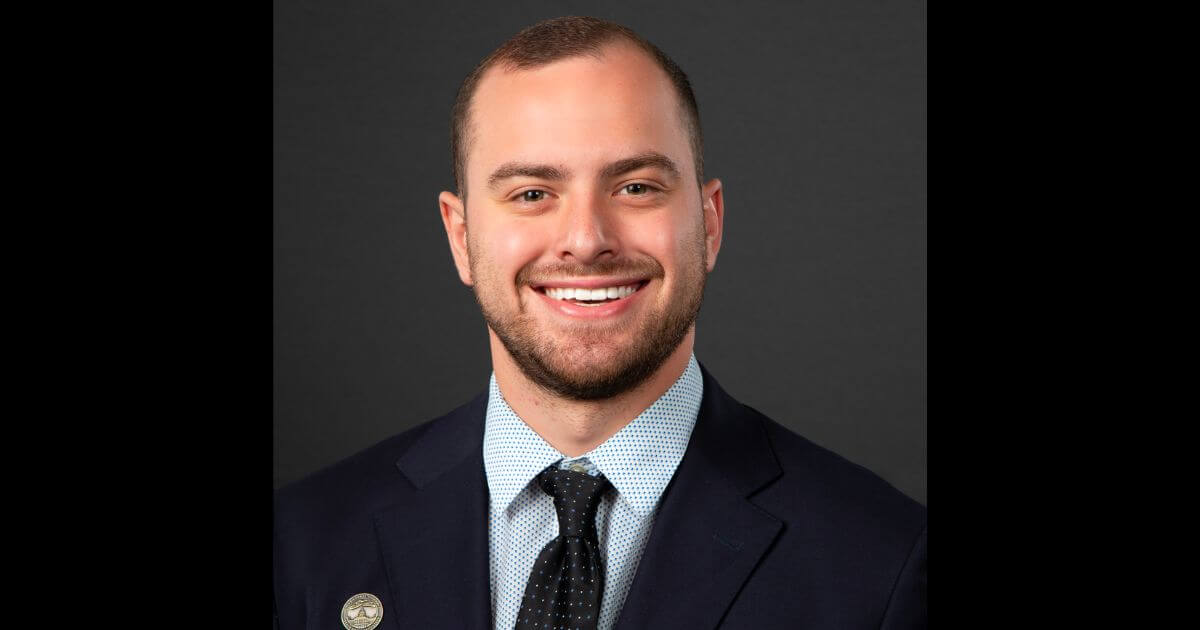
Scheetz: Tax cuts for all Iowans, not just the wealthy
State Rep. Sami Scheetz says all Iowans should benefit from tax cuts via a sales tax reduction As a state representative, my job is to serve the...
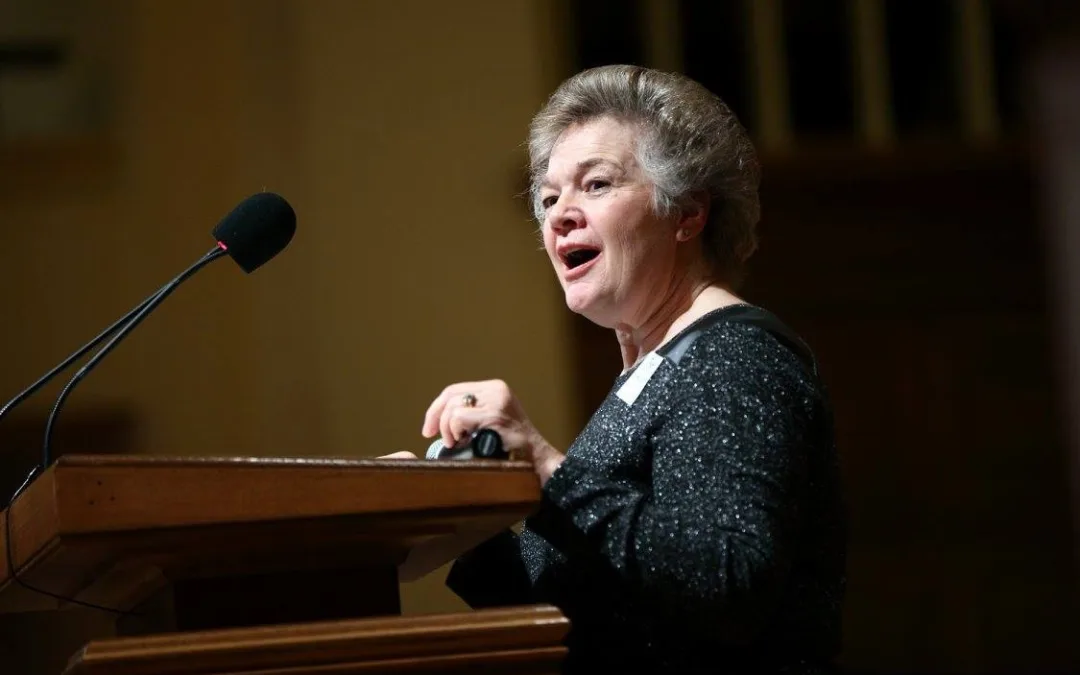
Kalbach: What Iowa Republicans focused on during legislative session
Our state legislative session finished up towards the end of April, and I’m glad it’s over! From further de-funding and privatizing our public...

Advocates file suit to stop Iowa’s ‘unconstitutional’ immigration law
Immigration advocates filed a federal lawsuit Thursday to stop Iowa’s new immigration law—SF 2340—from taking effect arguing that the legislation...

Iowa Republicans make outlawing gay marriage key 2024 campaign priority
Iowa Republicans have made outlawing gay marriage a key goal in their 2024 party platform. During the Iowa GOP’s 2024 state convention on Saturday,...




